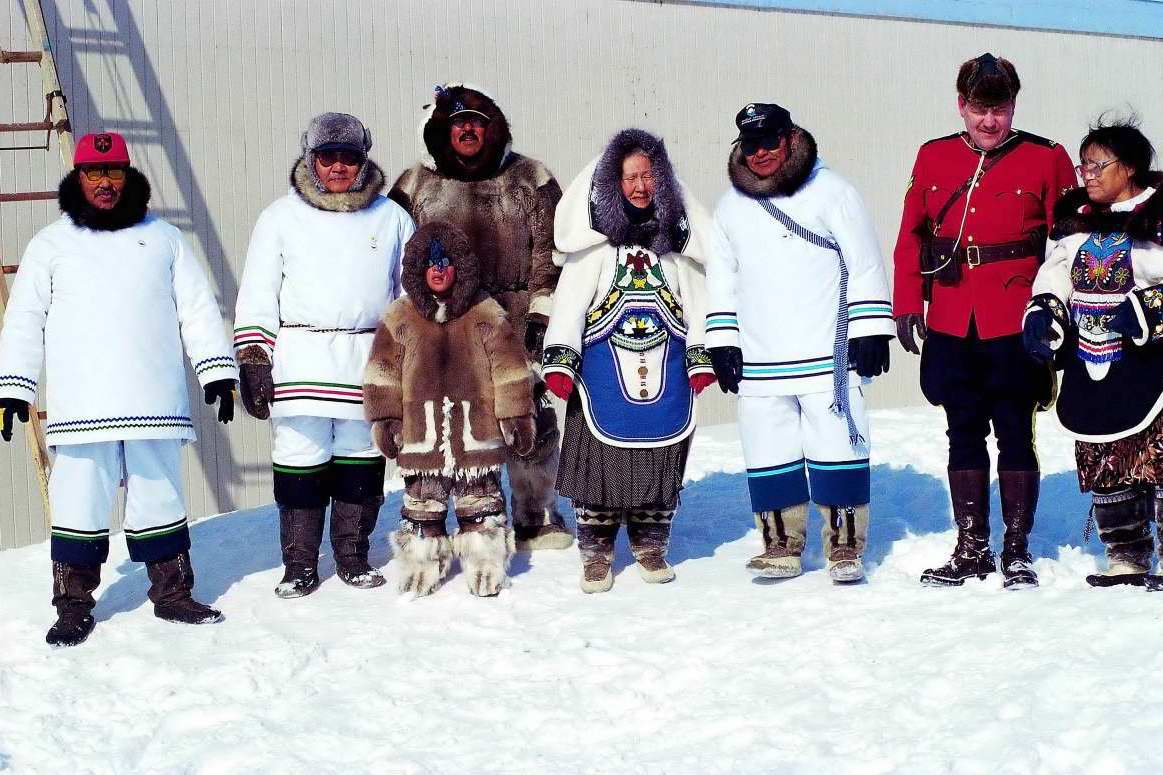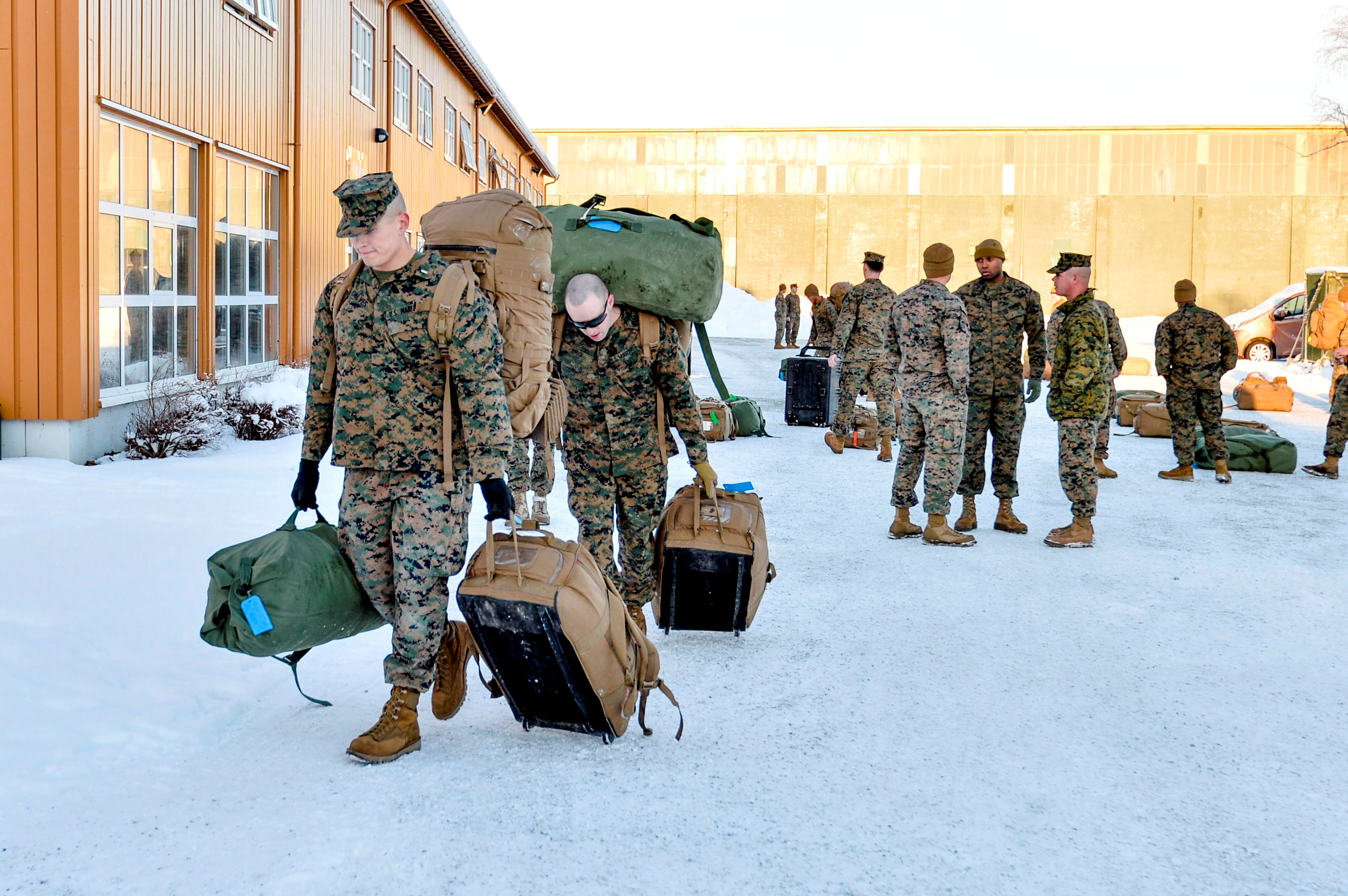The Week Ahead: Second generation
Nunavummiut born after their territory was created are coming of age. They face many of the same problems their parents inherited.

Nunavut Day, celebrated on July 9, commemorates the adoption, in 1993, of the Nunavut Land Claims Agreement and the Nunavut Act by Canada’s parliament, paving the way for the creation of the territory on April 1, 1999, when it was broken off from the Northwest Territories.
Creating Nunavut — which means ‘our land’ in Inuktitut, Canada’s principal Inuit language — was supposed to improve the lives of Nunavummiut, 85 percent of whom are Inuit, by giving them more direct influence over the issues that faced them.
A quarter century after parliament’s vote — and almost two decades after it came into existence — Nunavut remains very much a work in progress, however: Unemployment is high, healthcare is regularly found to be deficient, development is hindered by a lack of infrastructure, the internet is slow and housing is hard to come by.
“When Nunavut was created in 1999, Nunavummiut had high expectations for change for the betterment of our lives and our communities. Some improvements are being made, but much too slowly,” wrote Paul Quassa, who served as premier until he was ousted in April, in the introduction to “Turaaqtavut: Where we are aiming to go”, which lays out the direction of the current Legislative Assembly.
[Inuit housing shortage is a public health crisis, says Canadian Senate report]
Nunavut has had some luck in promoting the mining industry, and tourism has been identified as a potential growth area — something a new airport may help promote. The economy is growing, but unemployment is stubbornly high at 12.8 percent (double the national rate). At the same time, about a quarter of public-sector jobs have gone unfilled since the early 2000s, suggesting the problem is a lack of skills, not a lack of jobs.
The territorial Legislative Assembly recognizes that it must change the employment picture in a rush: Nunavut’s population grew 12.7 percent between 2011 and 2016, the fastest of Canada’s 10 provinces and three territories, and 10 times the national rate. Most of the growth was due to a high fertility rate, meaning that 30 percent of Nunavummiut are now under 15.
Lawmakers have committed themselves to improving education and training. The Legislative Assembly’s goal is that by 2020, the make-up of the territory’s workforce will reflect its population. Success here would help it meet another of its goals: standing apart from the rest of Canada as a distinct Inuit-controlled territory.
To have come as far as Nunavut has in 20 years is an accomplishment, but Quassa’s impatience is understandable: He and other Inuit would point out that Nunavut’s land has, in fact, been theirs for 4,000 years.

Do as we say and as we do
U.S. president Donald Trump set the stage for the coming week’s annual NATO summit when he sent a letter last week to at least 10 of the alliance’s 29 members telling them to live up to their pledge to spend 2 percent of GDP on military spending. Comments he has made previously have implied that he is inclined to renege on the alliance’s unconditional mutual defense pledge and instead make any response to an attack contingent on whether allies had met their spending targets.
As a result, a number of countries have increased their spending somewhat since Trump — as the latest US president — called on alliance members to do so. This year’s meeting, being held in Brussels, July 11-12, could reveal whether he will be a stickler for the 2 percent target or whether he will accept the European and Canadian argument that how much they spend should be judged by its quality, not its quantity.
The dispute over defense spending comes as NATO, after two decades of uncertainty about its purpose, has again become focused on repelling an attack on its eastern border. This is something that Trump — despite his on-again-off-again efforts to patch up relations with Vladimir Putin — is also aware of. In a previous letter sent to Norway in June, he criticized Oslo, which reduced 2018 defense spending to 1.56 percent of GDP from 1.62 percent last year, for being “the only NATO ally sharing a border with Russia that lacks a credible plan to spend 2 percent of its gross domestic product on defense”.
[Growing security concerns make the Arctic loom larger in Washington]
Part of the extra spending, he suggested, could go towards improving the alliance’s “eyes and ears” in the North.
Washington is also seeking to set the example when it comes to spending more, and spending more in the North: this year, the Pentagon will get an addition $82 billion, increasing its budget to $710 billion, the largest ever.
Although America’s National Defense Strategy, published in January, does not suggest that the funds should be spent specifically in the Arctic, the region is not far from decision-makers’ minds. Plans are already in the works to revamp the Coast Guard’s icebreaker fleet, and, last month, during a visit to Alaska, James Mattis, the secretary of defense, admitted America had to “up its game” in the region. This was first and foremost because of increasing commercial opportunities, but Russia’s expanding military activity there will also have caught his attention. Another rival, China, is seen as making “aggressive” moves in the region, including sailing close to Alaska during former president Barack Obama’s 2015 visit.
As a former Marine Corps general, Mattis may find his message strikes more of a chord amongst America’s allies than Trump’s does. This will be especially true when it comes to the importance of securing the Northern flank: Starting in the 1980s, U.S. Marines began ‘prepositioning’ equipment in Norway in order to be able to reinforce NATO forces in the region quickly. Today, some 300 marines are also stationed there at any given time on a six-month rotation, in part to receive cold-weather training. This may soon increase to 700 staying for 12 months at a time.
So far, Trump’s nastygrams have not had the desired result. Asking allies to putting their money where his Marines are may prove a more effective strategy.
Close, but no Syria
And looking ahead to the end of the week, on July 16, presidents Trump and Putin hold their first formal summit.
A “full range of issues” is due to be taken up. Likely this means some highly contentious topics, including Syria, Ukraine and North Korea.
The Arctic may not be top of mind, but it will not be far away. The meeting is being held in Helsinki, and Sauli Niinistö, the Finnish president, has said he would like items from the country’s Arctic Council chairmanship to be taken up, most pressingly black-carbon emissions. Some hope this serves as a prelude to an Arctic summit. Others would just like the two men to discuss something that is easier to agree on than Crimea.
The Week Ahead is a preview of some of the events related to the region that will be in the news in the coming week. If you have a topic you think ought to be profiled in a coming week, please email ne**@ar*********.com.